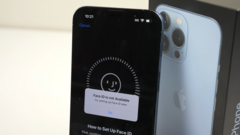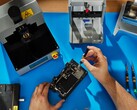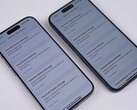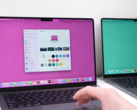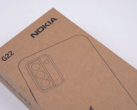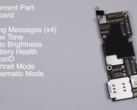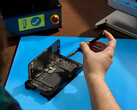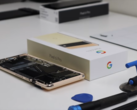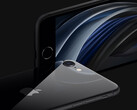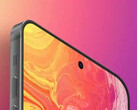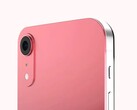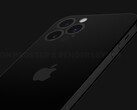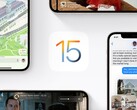The device-repair YouTuber Hugh Jeffreys posted a video establishing the issues that arise when he simulated replacing the display, cameras or both in an iPhone 12-series device. To recap, this activity triggered software locks that caused various core iOS 14 features, Battery Health, Face ID and TrueTone included, to stop working, essentially rendering repairs of these devices by anyone but an Apple authorized technician pretty much impossible.
Now that the 12 series' replacements have been released, Jeffreys set out to replicate his experiment with one of them: the 13 Pro. This protocol involves buying 2 brand-new units of this variant, opening them and switching their logic boards to approximate a component replacement. This was shown to result in even more severe issues compared to the previous video, if anything.
Not only were the same features seen to break, but they were joined in this case by Cinematic Mode, a new camera feature exclusive to the 13 series and, thus, something for which some users might well upgrade. Furthermore, Jeffreys reported that no work-around that one might think of can rectify this problem, regardless of how clever.
This includes excising a 13 Pro's original display sensor cable and using it to connect to a different panel, not to mention re-setting the device to its initial build of iOS 15 via iTunes. In fact, trying the latter reportedly caused the device's camera functions to become even more disrupted, repeated freezes and wholesale blurring on-screen included.
In fact, one of the few single positive take-aways from the new video is that one feature that remained unscathed during the whole experiment was the iPhone's new 120Hz ProMotion mode. On the other hand, the other, even more essential, display function of auto-brightness also went away in response to the "repair" process.
All in all, it seems Apple has baked even more anti-independent repair measures into iOS for the iPhone 13 series. This, as Jeffreys has observed, is largely because all or most components connected to the devices' logic boards have their own serial numbers, hard-coded to each individual unit at the factory.
On that note, the SIM card reader is soldered to the same board in this new line, meaning a user cannot even replace this component alone should it be damaged. Therefore, these findings call Apple's well-publicized commitment to sustainability and general eco-friendliness into serious question.




